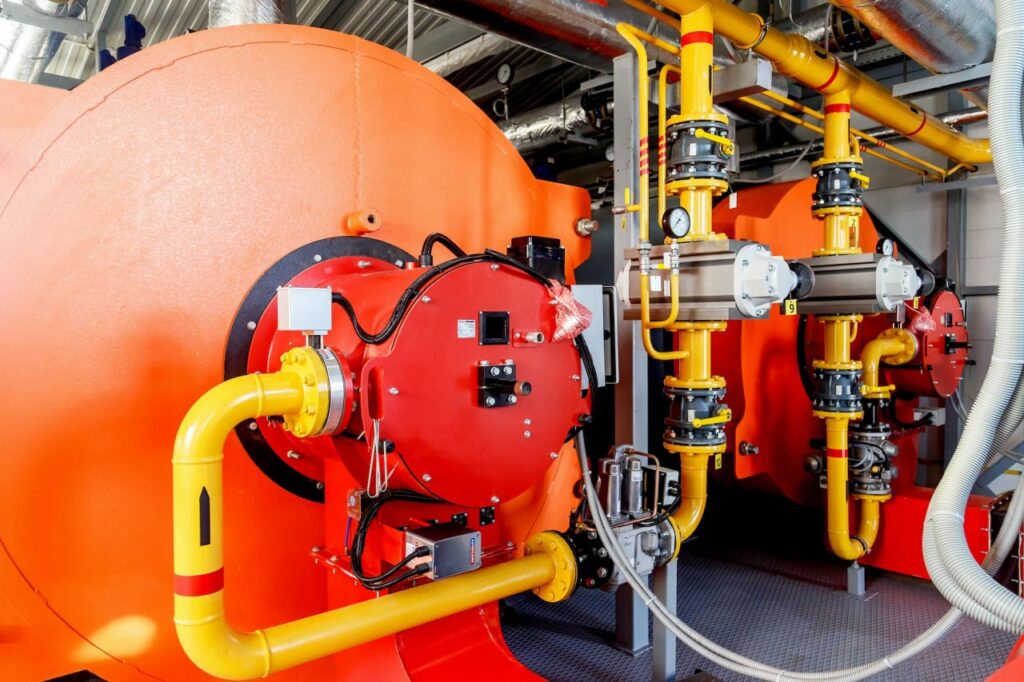The three-way catalytic converter has stable performance, reliable quality and a long service life. Its products are widely applicable to models such as Toyota, Honda, Buick, Audi, Volkswagen, Hyundai, Suzuki, Benz, etc.
The carrier component of the three-way catalytic converter is a piece of porous ceramic material, which is installed in a specially made exhaust pipe. It is called a carrier because it does not participate in the catalytic reaction itself, but is covered with a layer of precious metals such as platinum, rhodium and palladium. It can convert HC and CO in the exhaust gas into water and CO₂, and at the same time decompose Nox into nitrogen and oxygen. HC and CO are toxic gases. Excessive inhalation of them can lead to human death, and NOX will directly cause the occurrence of photochemical smog.
Research has proven that the three-way catalytic converter is an effective method to reduce these emissions. Through oxidation and reduction reactions, carbon monoxide is oxidized into carbon dioxide, hydrocarbons are oxidized into water and carbon dioxide, and nitrogen oxides are reduced into nitrogen and oxygen.
All three harmful gases are transformed into harmless gases. The three-way catalyst starts to react at a minimum temperature of 250 degrees Celsius. When the temperature is too low, the conversion efficiency drops sharply; and the active temperature of the catalyst (the optimal operating temperature) is around 400°C to 800°C. Too high a temperature will also accelerate the aging of the catalyst. Under the ideal air-fuel ratio (14.7:1), the effect of catalytic conversion is also the best.


